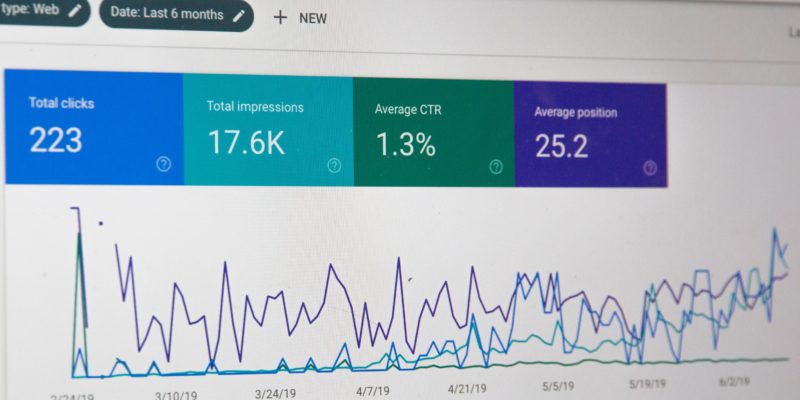We’ve known for a while now that third-party data is being phased out of the ad ecosystem because of growing privacy concerns. But how are publishers leveraging first-party data to get ahead of the trend? And what results are they already getting?
The Takeaways:
- The combination of recently introduced privacy laws such as GDPR and browser changes, including Apple Safari and Mozilla Firefox anti-tracking measures; on top of Google phasing out third-party cookies by 2022, are forcing publishers to change how they operate, whilst maintaining their ability to target their audiences.
- Many leading publishers are already beginning to find ways to take control of their first-party data and own their strong, direct relationships with consumers.
- Those who are acting now are already enjoying the benefits of owning their audience data, from the ability to transition to subscription models, to being able to launch new products that your audience wants and will pay for, and more.
The Financial Times
The FT turned to Permutive to recreate all segments from their existing data management programs. Since Permutive doesn’t rely on third-party cookies, the FT can collect and analyze its whole audience across all devices and browsers. The move increased scale, revenue, and privacy compliance for FT.
- It has enabled the FT to target users based on engagement and learn more about how their readers interact with its marketing.
- Before the FT only had one or two different data sources. With Permutive, it can now access a greater depth of information in terms of who its audience is, reflecting certain interests that are relevant to advertisers outside of demographic information.
The San Francisco Chronicle
Based on reader behavior, the publisher collects the topical interest data of its readers. They then use this data to personalize email newsletters and onsite content recommendations to increase engagement.
- These efforts have paid off: email clickthrough rates have increased by 31.4%. Additionally, the publisher boosted page views by 44.5%.
The New York Times:
The Times will no longer use third-party data to target ads come 2021. In their place, the publisher has been building out a proprietary first-party data platform.
- Thanks to the information they’ve gathered about their own readers, the Times has been able to develop new products that readers will want and pay for.
- Recognizing the loyalty of its aficionados, The New York Times made its crossword puzzle into a separate subscription product.
- The Times used its understanding of its readers to create new products that it believed would be attractive to them, such as Cooking and Watching.
- A year after they announced they were phasing out all third-party data, the Times announced that 60% of its revenues came from subscriptions. This non-reliance on ad revenue improves the user experience.
- Yes, but: Not all publishers are established enough to have the scale required to build their own first-party data sets.
The roll-up: A cookieless future doesn’t have to be a dooming prospect. For publishers acting now, the move towards first-party data is definitely proving to be a step in the right direction.









